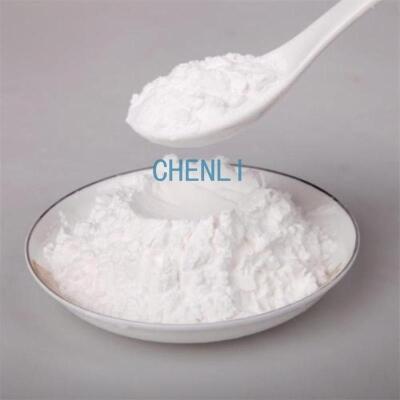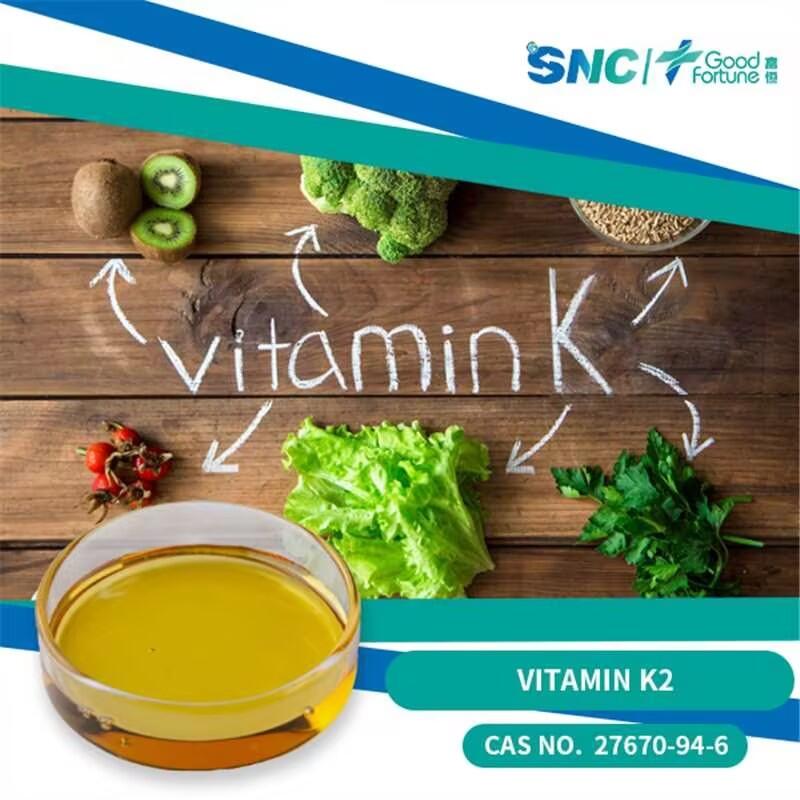-
Categories
-
Pharmaceutical Intermediates
-
Active Pharmaceutical Ingredients
-
Food Additives
- Industrial Coatings
- Agrochemicals
- Dyes and Pigments
- Surfactant
- Flavors and Fragrances
- Chemical Reagents
- Catalyst and Auxiliary
- Natural Products
- Inorganic Chemistry
-
Organic Chemistry
-
Biochemical Engineering
- Analytical Chemistry
-
Cosmetic Ingredient
- Water Treatment Chemical
-
Pharmaceutical Intermediates
Promotion
ECHEMI Mall
Wholesale
Weekly Price
Exhibition
News
-
Trade Service
The synthetic routes of 1,4-naphthalenediol, 2-methyl-, 1,4-bis(hydrogen sulfate), sodium salt (1:2) are the methods used to produce this compound in the chemical industry.
The 1,4-naphthalenediol, 2-methyl-, 1,4-bis(hydrogen sulfate), sodium salt (1:2) is a colorless or slightly yellow, odorless crystalline powder that is used as a reactive intermediate in the production of various chemicals.
The most common synthetic route for the production of 1,4-naphthalenediol, 2-methyl-, 1,4-bis(hydrogen sulfate), sodium salt (1:2) is through a chemical reaction called the "Williams reaction.
" This reaction involves the reaction of 2-methyl-1,4-naphthalenediol with aqueous hydrogen sulfate in the presence of a Lewis acid catalyst, such as aluminum chloride.
The reaction results in the formation of the desired sodium salt, which is then purified and dried to remove any remaining impurities.
Another synthetic route for the production of 1,4-naphthalenediol, 2-methyl-, 1,4-bis(hydrogen sulfate), sodium salt (1:2) is through the "Chlorination" route.
In this process, 2-methyl-1,4-naphthalenediol is treated with chlorine in the presence of a solvent, such as water or methanol.
The reaction results in the formation of the desired sodium salt, which is then purified and dried to remove any remaining impurities.
The third route is the "Nitration" route.
In this process, 2-methyl-1,4-naphthalenediol is treated with nitric acid in the presence of a solvent, such as water or ethanol.
The reaction results in the formation of the desired sodium salt, which is then purified and dried to remove any remaining impurities.
The choice of synthetic route depends on the availability of the starting materials, the purity of the desired product, and the cost and efficiency of the process.
Each synthetic route has its own advantages and disadvantages, and the selection of the route will depend on the specific requirements of the end product.
The production of 1,4-naphthalenediol, 2-methyl-, 1,4-bis(hydrogen sulfate), sodium salt (1:2) is an important chemical process that is used in the production of a variety of chemicals, including dyes, drugs, and other chemical intermediates.
The compound is a colorless or slightly yellow, odorless crystalline powder that is used as a reactive intermediate in the production of various chemicals.
The synthetic routes of 1,4-naphthalenediol, 2-methyl-, 1,4-bis(hydrogen sulfate), sodium salt (1:2) are the methods used to produce this compound in the chemical industry.
The most common synthetic route for the production of 1,4-naphthalenediol, 2-methyl-, 1,4-bis(hydrogen sulfate), sodium salt (1:2) is through a chemical reaction called the "Williams reaction.
" This reaction involves the reaction of 2-methyl-1,4-naphthalenediol with aqueous hydrogen sulfate in the presence of a Lewis acid catalyst, such as aluminum chloride.
The reaction results in the formation of the desired sodium salt, which is then purified and dried to remove any remaining impurities.
Another







